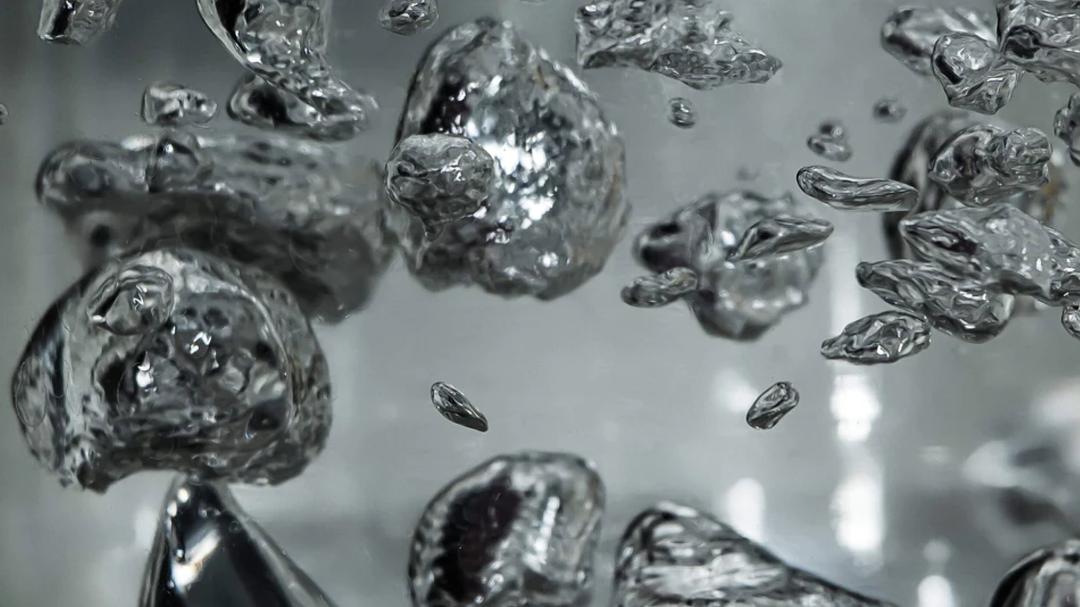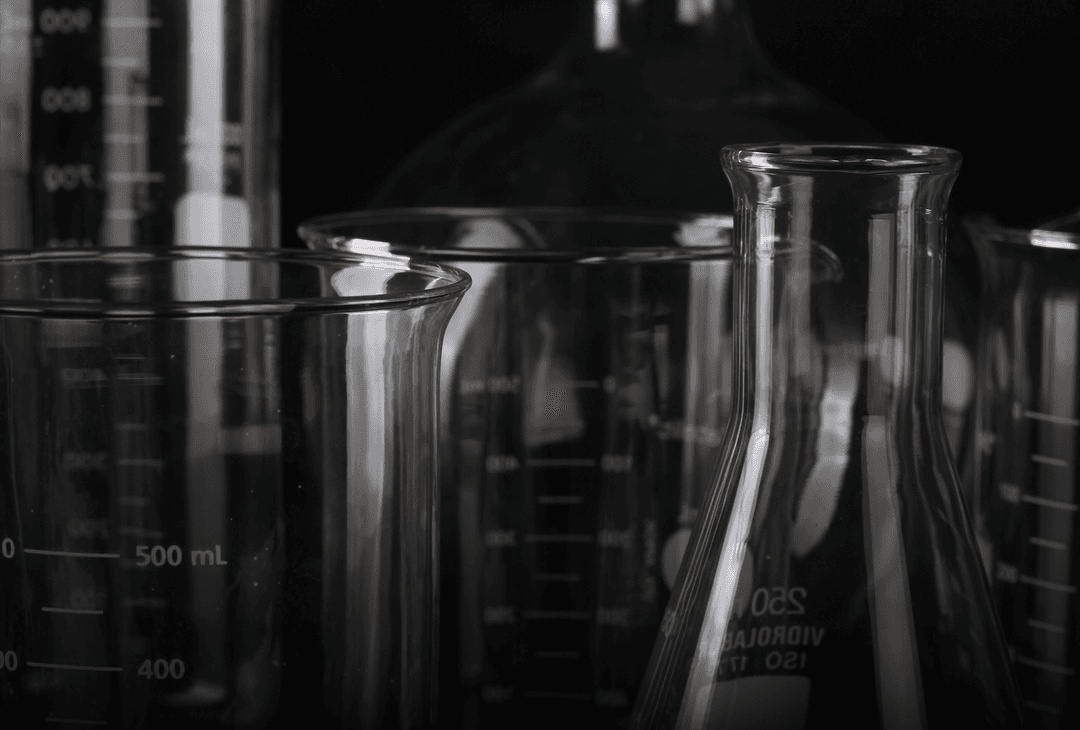Atrazine is one of the most widely used herbicides in America – it is estimated that about 70 million pounds are used on crops every year. With such widespread use, it may be surprising to learn that it has been linked to various cancers, reproductive harm, and developmental delays, yet can still be found in water systems and affects over 43 million Americans today.
Read on to learn more about atrazine, how it gets into water systems, the risks associated with it, and most importantly, what actions you can take to protect yourself from this cancer-linked contaminant.










